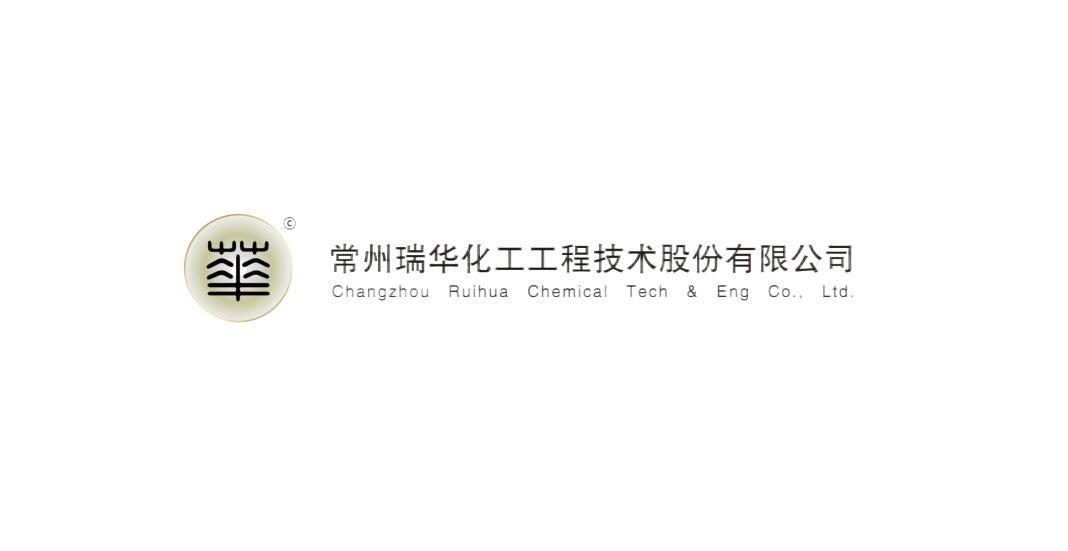Core Technology
Core Technology
Complete process
Core Equipment
Catalyst
Butadiene Production Technology (RHBD)
Low Carbon Olefin Production Technology (RHMTP)
Low Carbon Olefin Production Technology (RHMTP)
Crystallization technology of p-xylene
Aromatics Production Technology (RHAROM)
Capacity expansion technology for dry gas production of ethylbenzene
Ethylbenzene/styrene production technology
Butadiene energy-saving production technology
Contact us

5/F, Block A, Building 1, Chuangyan Port, Science and Education City, Wujin District, Changzhou City, Jiangsu Province
Copyright© 2024 Ruihua Chemical





















